Portland, Oregon
Words by Ivan McClellan
Back in 2020, I met a bull rider named Ouncie Mitchell. I went down to photograph him for a day and we immediately hit it off and became friends. I hung out with him at numerous rodeos around the country and in his hometown of Houston. We would go eat crawfish, go bowling, or just ride around in my rental car and talk about life. Ouncie was coming back from an injury. A bull had stepped on his femur and sidelined him for a few seasons. He got healthy and set his sights on winning the PRCA world championship. To accomplish this goal with no money or sponsorship support was difficult but he was determined and started to work his way up in the rankings. He would travel from town to town and either sleep in his car or with someone he met in town. One of the women he was staying with in Salt Lake City got in a fight with Ouncie and shot and killed him. The entire cowboy world was devastated by this loss. I realized that what had started as just a photography project had now become extremely personal and I couldn’t back away. I decided that I would make it my goal to make it easier for Black cowboys to compete at the highest levels of this sport.
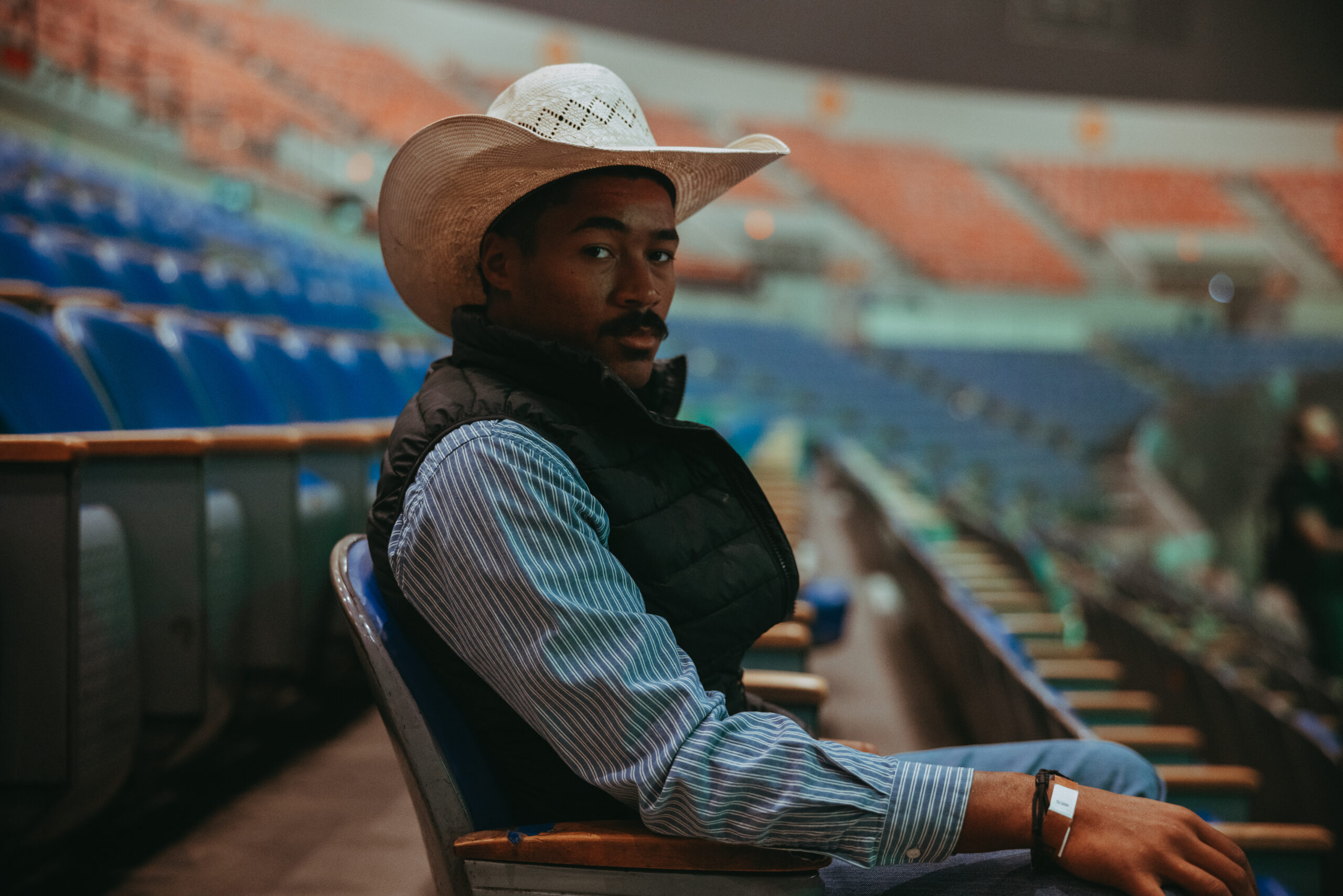

I tried to get athlete’s sponsorship but that proved to be difficult even with Western brands that I had a good relationship with. A lot of the athletes I talked to didn’t have the resources to compete at majority-white rodeos. I determined that the biggest thing I could do to impact the culture was to do my own rodeo and do it as big and artfully as possible. My first thought was well, most of the cowboys are in Oklahoma. I should do a rodeo one state up in my hometown Kansas City. But my heart, family, and hat were in Portland. I had found my place in the Black community in Portland. The community there is small under 40,000 people and because of gentrification spread out and disconnected. I knew that bringing Black cowboy culture to Portland would have a massive impact in bringing people together and inspiring folks with a part of themselves they might not have known about. Then I had to convince my wife Heather, who had just given birth to our third child that we should risk it all, and go into personal debt to put on a rodeo. She was less than thrilled at first and there were many sleepless nights but she eventually decided that if this was my calling she would go along for the ride.
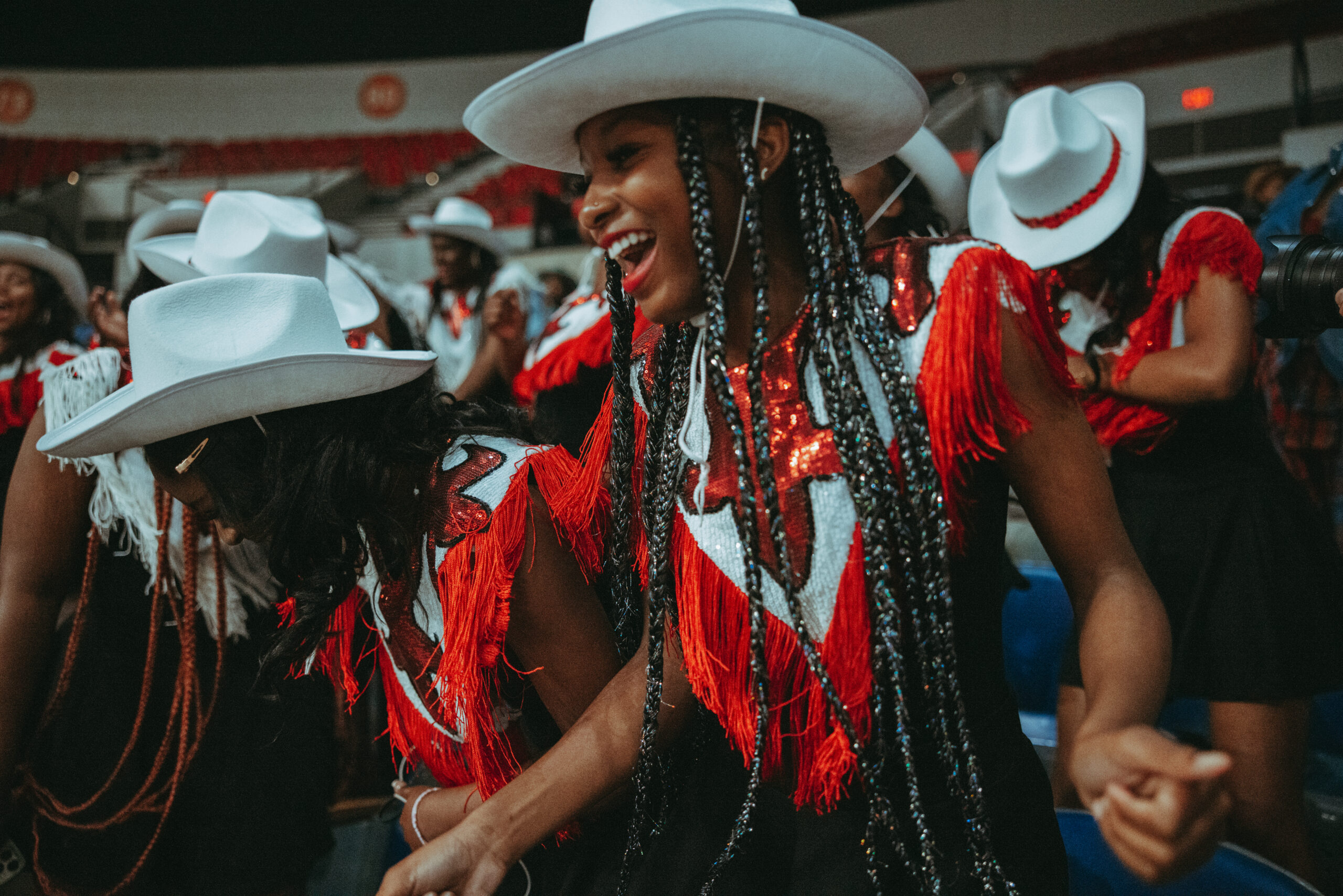
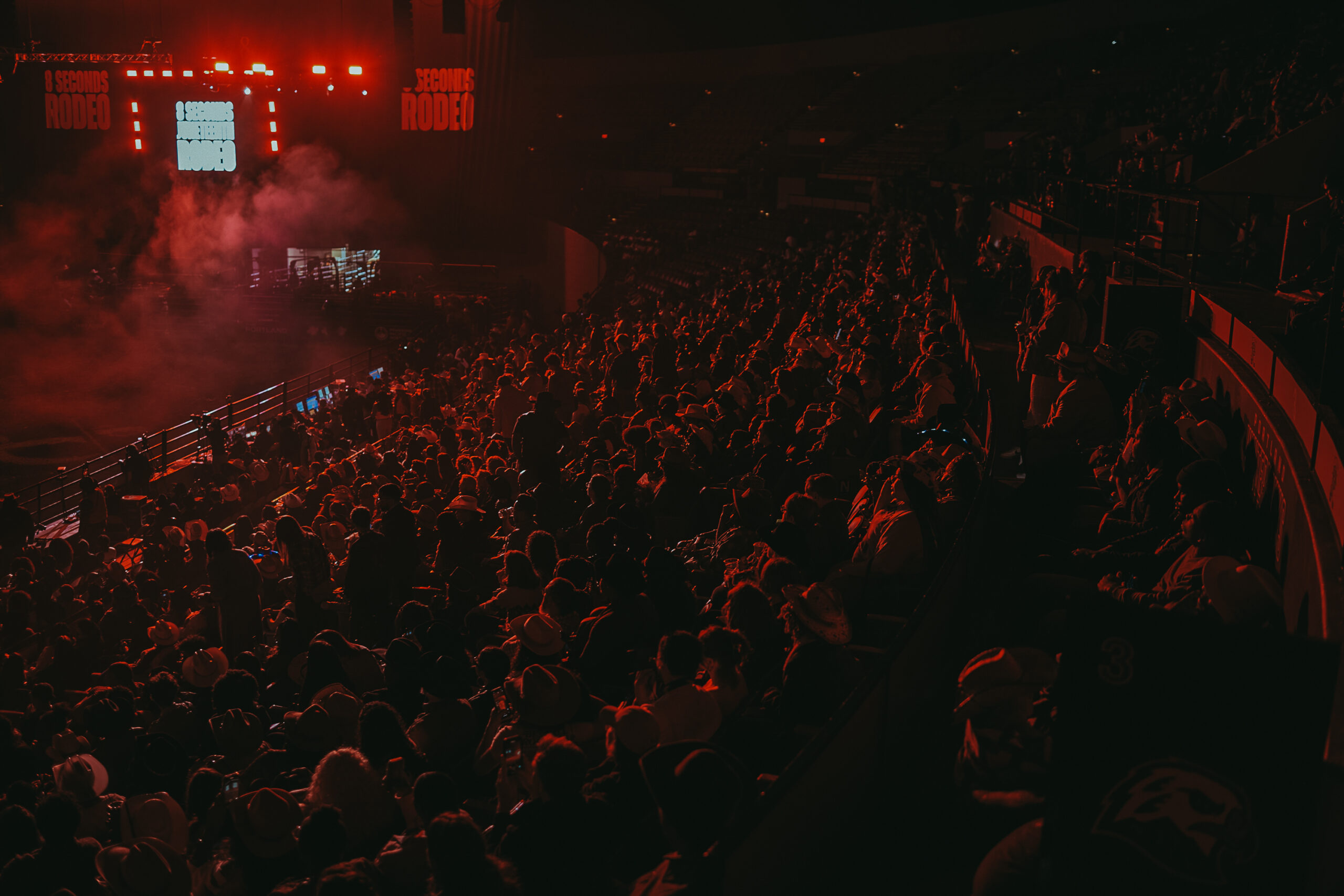

I wanted to give out the same prize money that you would get a big mainstream rodeo. A typical Black rodeo gives out between $5,000 and $15,000 in prize money across 9 events. We gave away $60,000 across 5 events which was the biggest payday any of our athletes had ever seen. I wanted to create a rodeo that was a space of massive positive energy and artistic creation. As a photographer, I was very concerned about the lighting. I wanted the lighting to be warm, directionally brighter on one side than the other, and the perfect environment for photo capture. Hundreds of photographers and media outlets wanted to cover the rodeo. It was important to me to allow photographers of color to shoot and requested that media outlets send black or brown staff to capture the event.
Writer and sociologist Tressie McMillan Cottom said in the New York Times: “The rodeo is a piece of living art. How the audience interacts with it says as much about how they feel seen in the tableau as anything the organizers could have orchestrated.” We loaded in 40 dump trucks of dirt brought in bleachers and fencing lighting and animals and just barely paid for it all. I got a last-minute sponsor just before the event and walked into the arena we had built to hang a banner. At 6:00 PM, a full hour before the start of the event the arena was full of thousands of black brown and white folks dressed in their brand new western wear, dancing to music by our DJ, and having community with each other. I was so moved that people had shown up and showed up early so they wouldn’t miss a thing. The first event was mutton bustin, kids riding sheep, which I’m proud to say my daughter won! I was the announcer of the event because I couldn’t find one and when she held on to that sheep for 10 seconds I lost my damned mind. At the end of the event my wife Heather, who was the rodeo secretary handed out checks to all these rough and grumpy cowboys but kept them calm by offering fruit snacks.
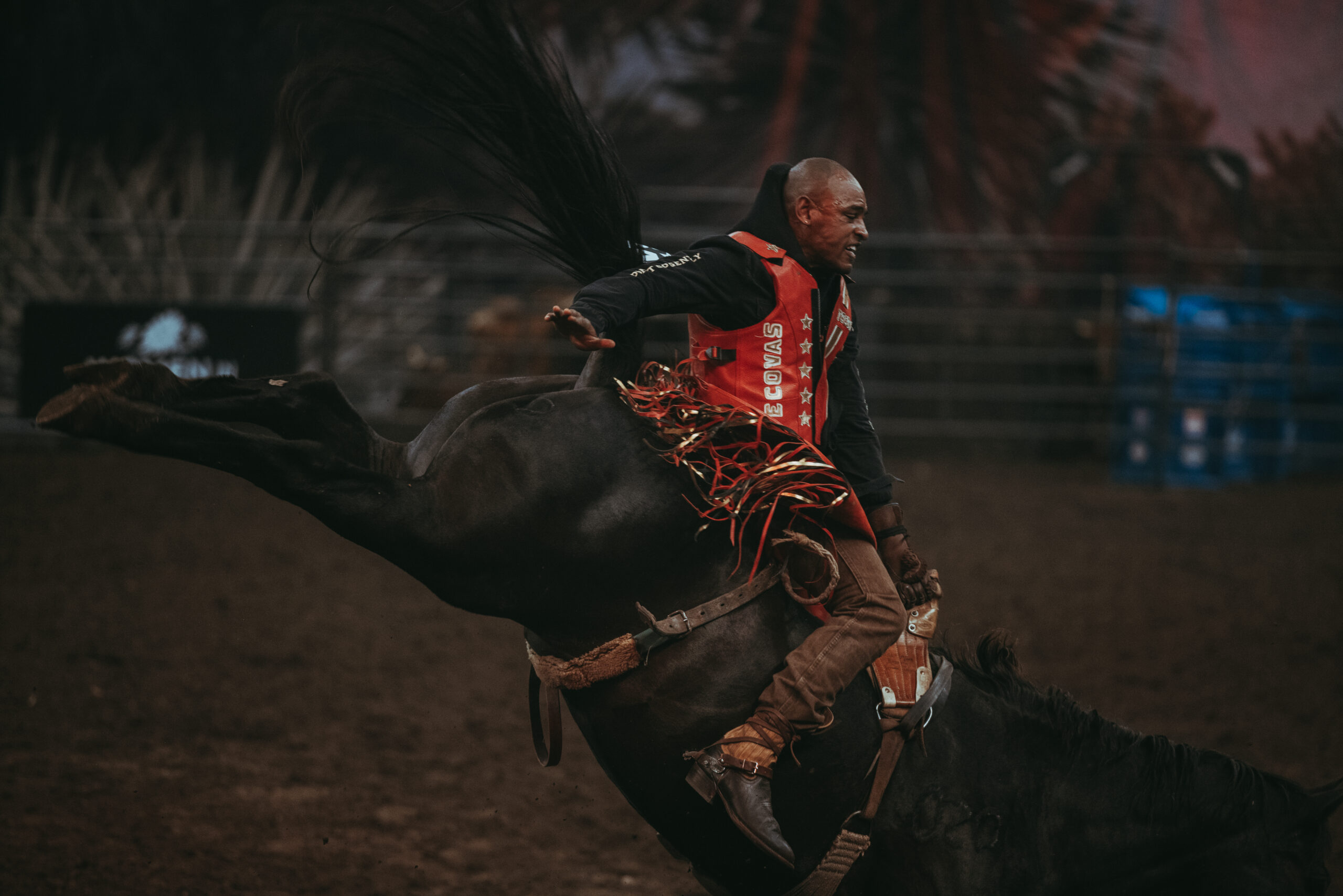
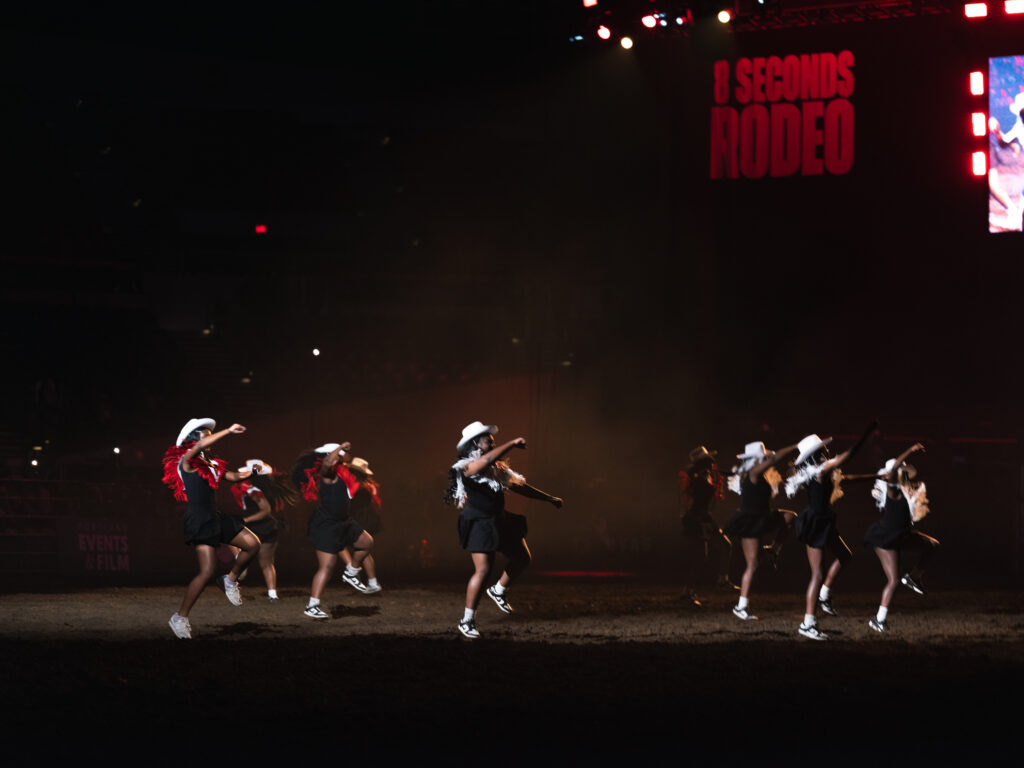
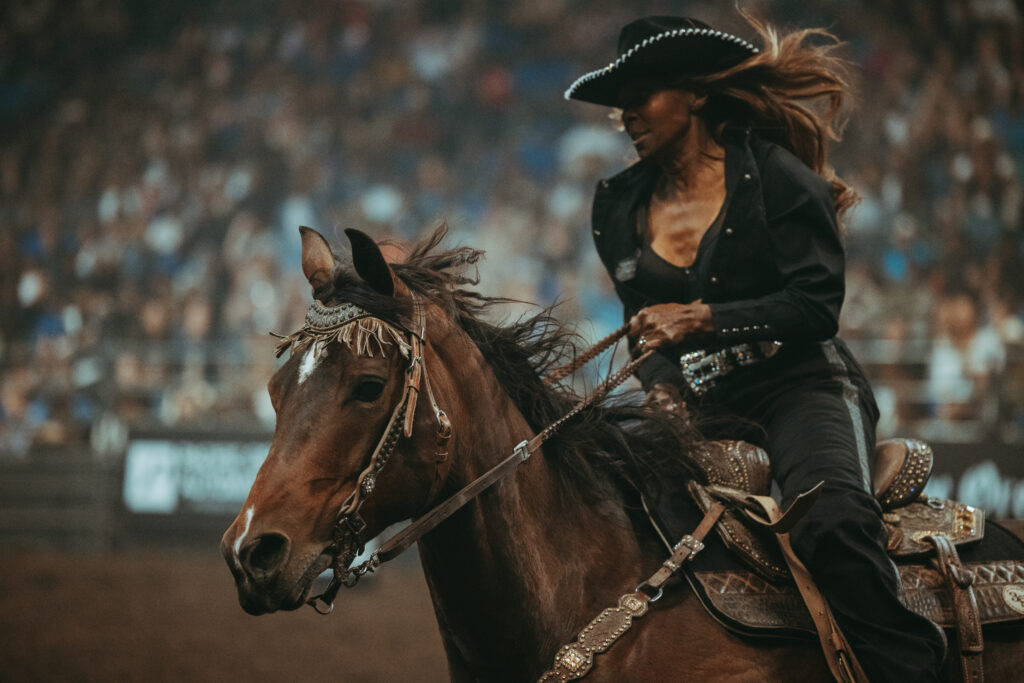
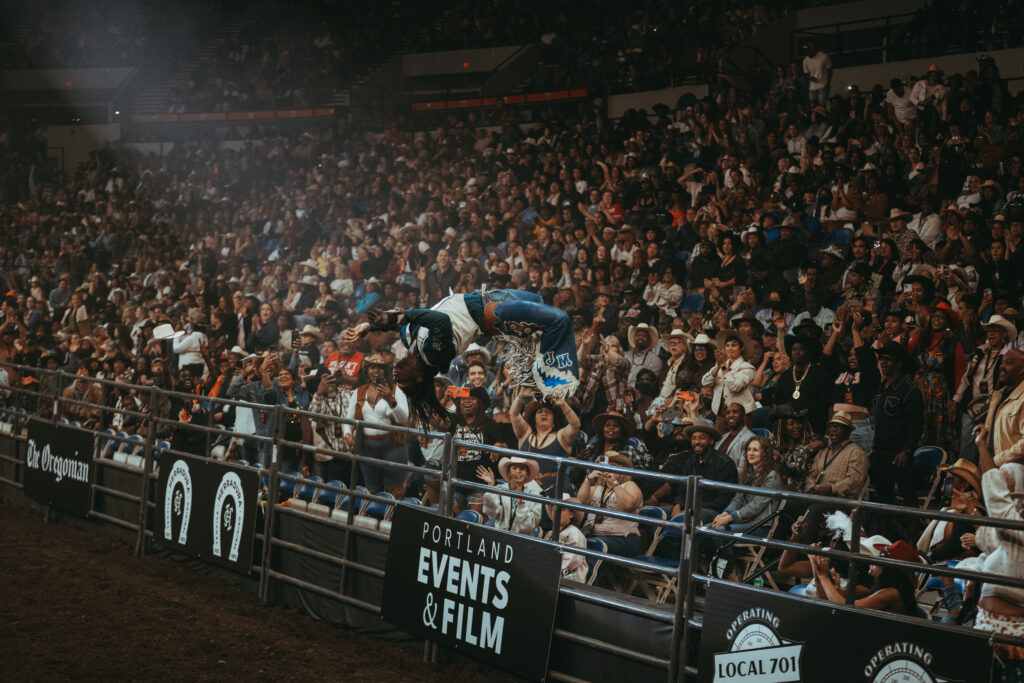
There were so many moments of beauty that I wish I could have captured. The look on my daughter’s face when she found out she won. A cowboy named Warren Edney teaching an old Black woman how to rope. A rope that would have been viewed as intimidating in a white man’s hand. And that’s why I’m doing the rodeo again and taking it around the country. So that everyone has the opportunity to fall in love with this beautiful, valid, and inspiring culture.


